How to install interior doors
Make a huge difference in a weekend by replacing dated doors with something stylish

Welcome to our step-by-step guide on how to install interiors doors. While it's not the simplest DIY task you can take on, it's easier than you might think, and you could potentially save hundreds of pounds by doing it yourself.
New doors can be a real game-changer in updating your home, completely changing its look and feel – especially if you use glazed or part-glazed doors to let light flow around. Read on, and discover everything you need to know to get the job done properly.
Read more: Sliding doors – everything you need to know
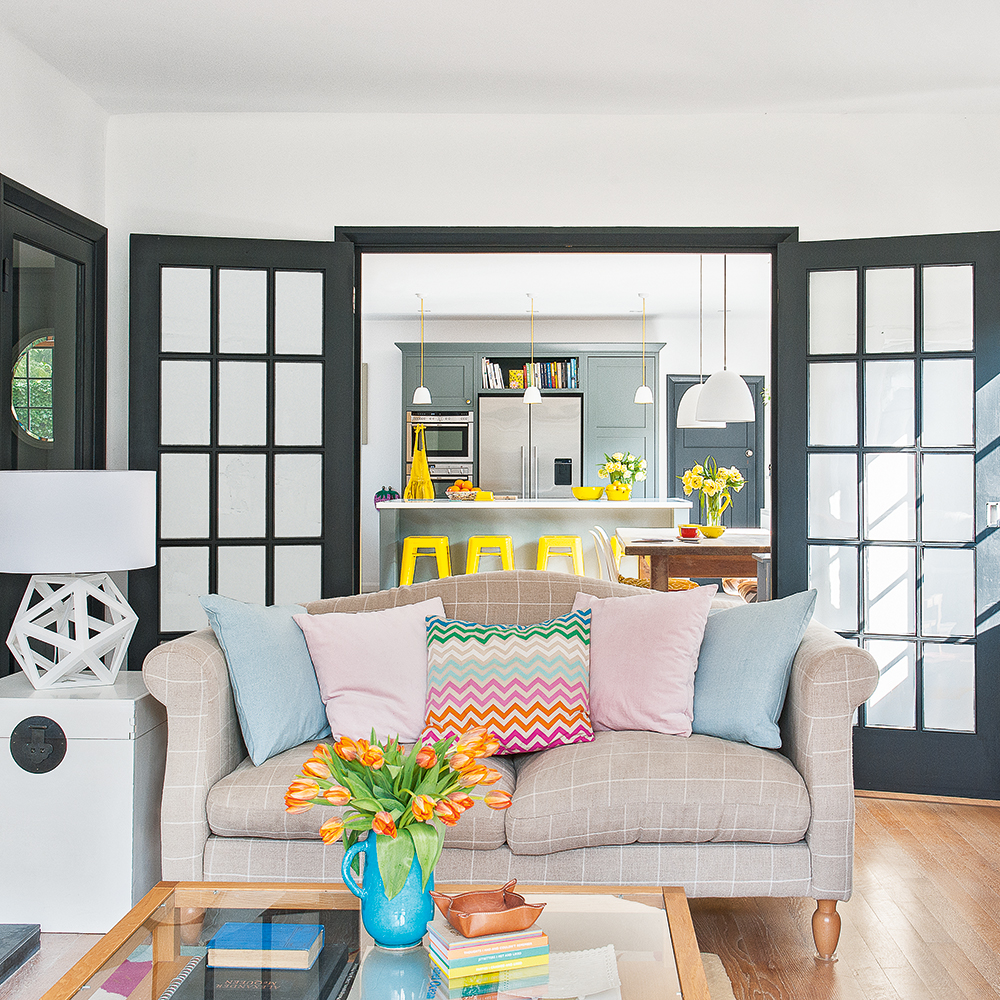
How to install interior doors – the tools you'll need
- Door wedges
- Tape measure/ruler
- Pencil
- Plane
- Workbench
- Tenon, panel or circular saw
- Hinges
- Sharp chisel
- Hinge screws
- Screwdriver
Modern doors rarely work well in older properties and period doors aren’t suited to modern homes, so match the style of your doors to the age of your home. If you live in a contemporary house, flush products offer a sleek minimal finish, whereas panelled doors give greater depth and a more traditional feel. You might even find doors with a design that matches the interior mouldings of your period home at a salvage yard, or try eBay or websites like Freecycle, or even skips!
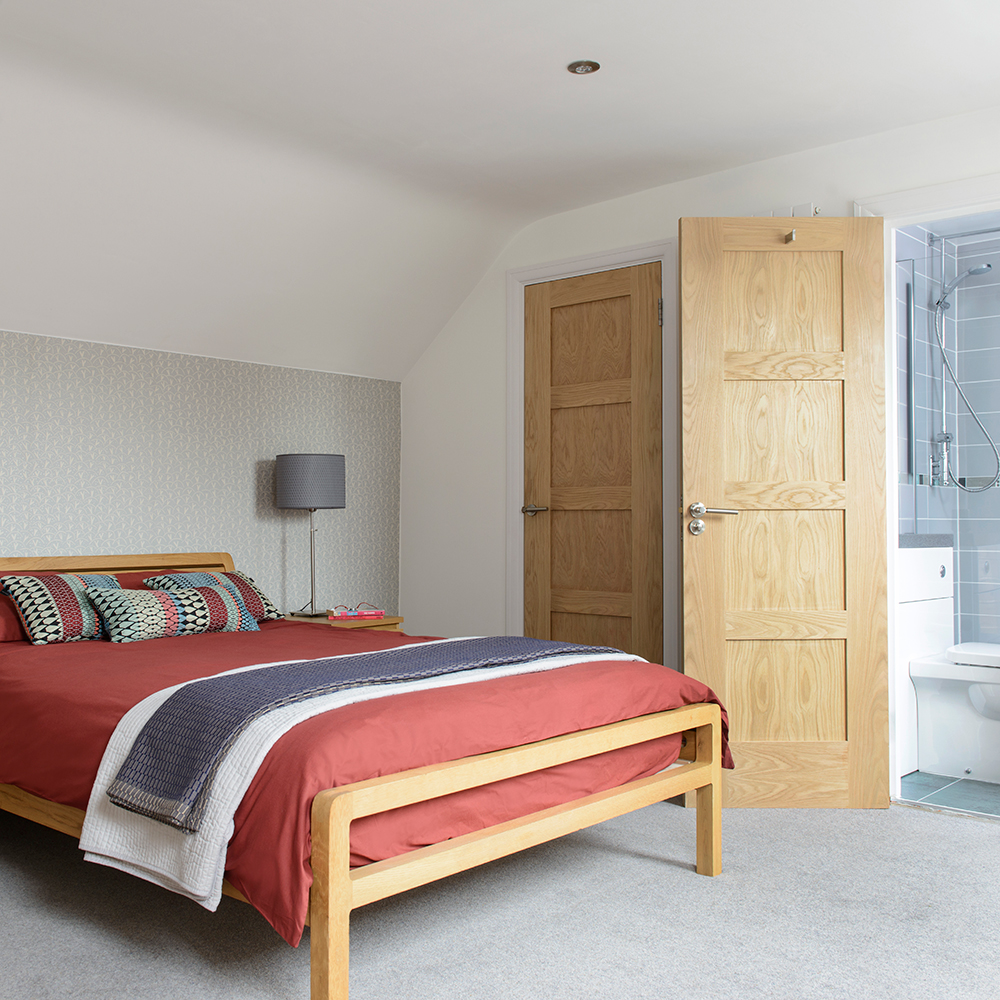
Oak continues to be extremely popular and can be matched with furnishing and flooring. Wood veneer doors have seen a resurgence in popularity recently, are more affordable and available in a range of finishes. Moulded or primed timber doors will give you a vast range of colours to choose from.
Internal glazing is a great way to bring light into dark rooms without sacrificing warmth or sound insulation. With frosted glass you can maintain privacy in rooms such as the bathroom.
If you’re reusing old doors, remove the old paint with paint stripper and a heat gun, or use a professional dip-and-strip services (prices start from around £25 per door).
In the mood for painting? Read: How to paint a fence
Prop the door against the frame, so you can mark it for trimming to the correct size.
Prop the door against the frame, so you can mark it for trimming to the correct size.
Shave off any small amounts of wood with a plane. If you need to remove more than 5mm, lay the door on a workbench and saw off most of the excess wood, then finish off with the plane.
When you’re happy with the size, plane a slight slope on the edges of both door stiles (the vertical strips down the sides of the door) towards the doorstop (the narrow strip of wood sticking out from the frame that prevents the door from swinging open).
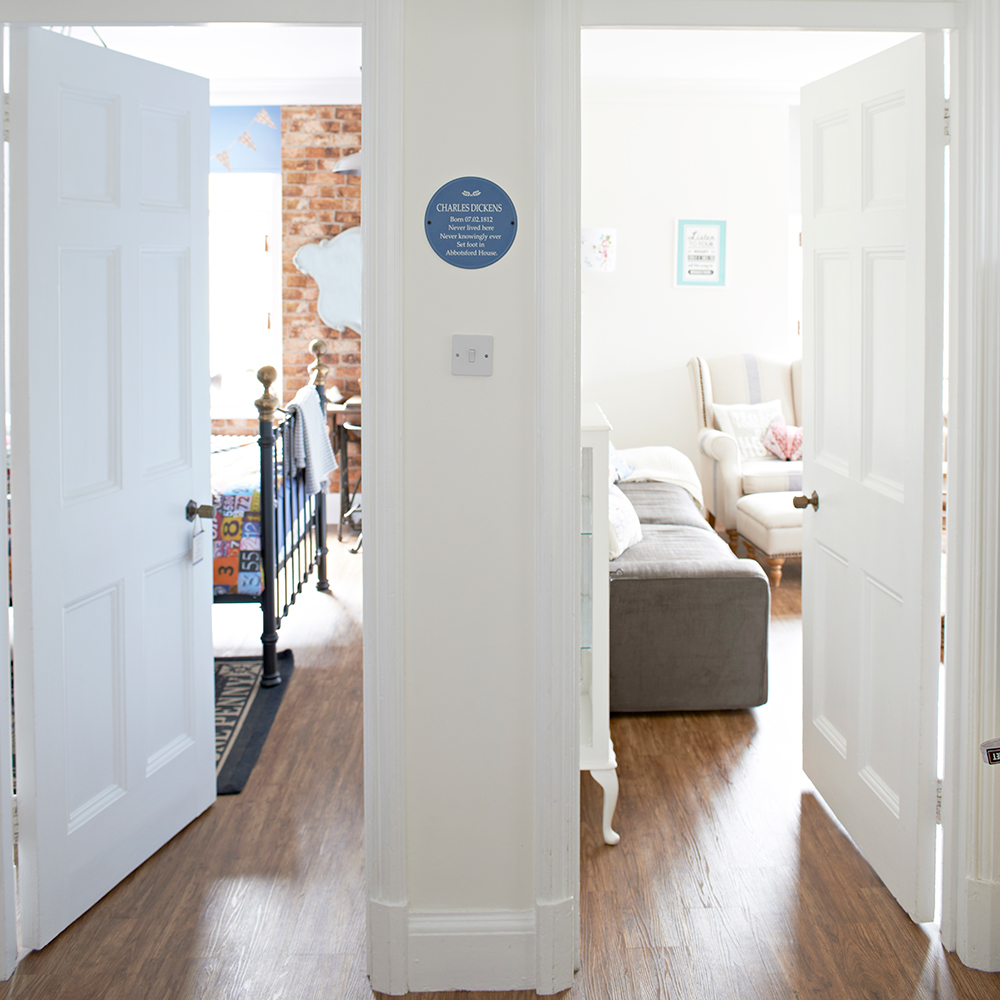
Get someone to hold the door up to the frame. Mark the hinge recesses on the door.
Position the hinges on the door, mark around them and use the chisel to create the recesses. If you need to make the frame recesses bigger, again use the chisel. Use one screw per hinge to fix the hinges to the door and then the door to the frame (the screws mustn’t stick out). When the door opens and closes smoothly, drive in the rest of the screws.
Or, if you’re using unfinished wooden doors and want to leave them unpainted, fill gaps with flexible filler in a matching colour before sanding and waxing for a beautiful finish.
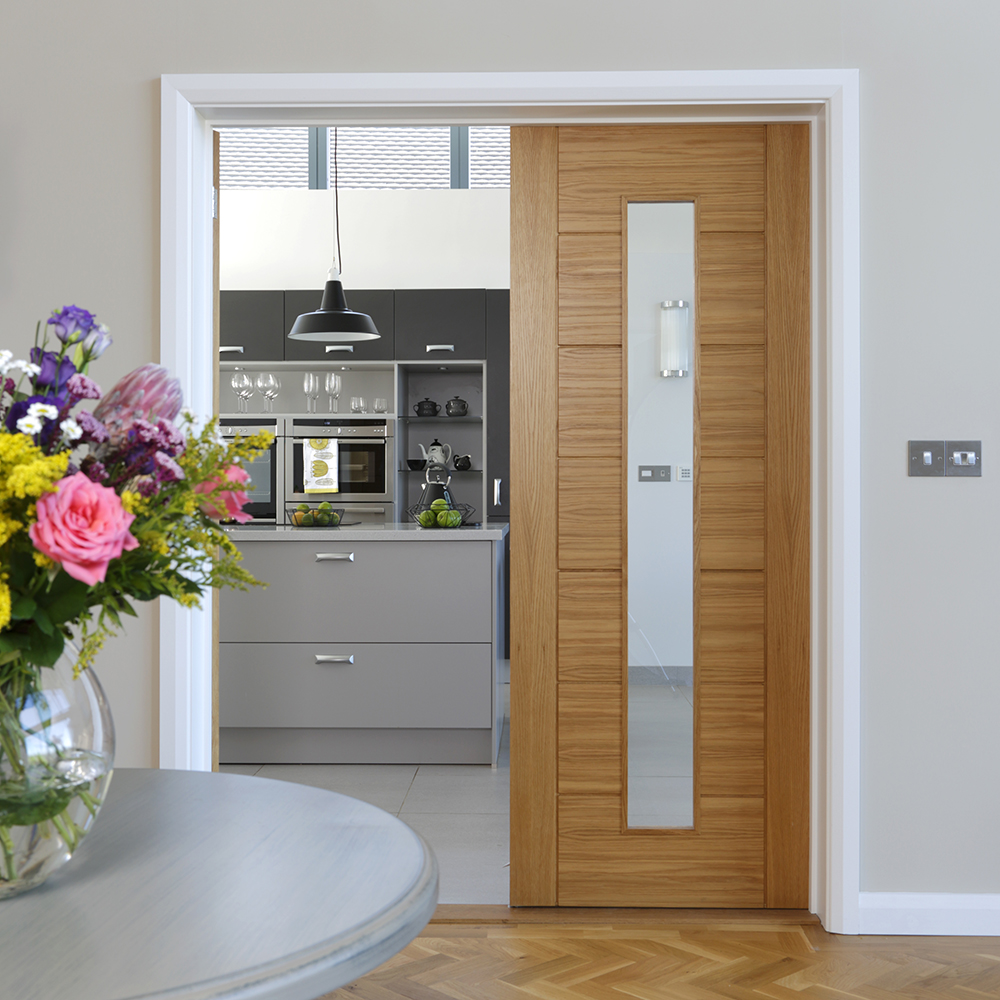
You should fit a fire door anywhere a fire is likely to start, such as the kitchen or living room with a fireplace.
- Building regs state that fire doors should be installed if you are undertaking an attic conversion, to provide safe corridor from the loft to outside the building.
- Fire doors come in standard 44m or 45mm thicknesses.
- They are rated to determine how long they can withstand heat and flames. FD30 doors offer 30 minutes protection and FD60 doors offer 60 minutes protection.
- You should only buy fire doors that are accredited by professional bodies, such as the British Woodworking Federation's BW-CERTFIRE scheme.
Done with doors? Check out How to pick the perfect windows
Revamping your interior doors is a sure way to add appeal and value to your property, so we hope we've convinced you to take on the task. Good luck!
Get the Ideal Home Newsletter
Sign up to our newsletter for style and decor inspiration, house makeovers, project advice and more.

Amy Cutmore is an experienced interiors editor and writer, who has worked on titles including Ideal Home, Homes & Gardens, LivingEtc, Real Homes, GardeningEtc, Top Ten Reviews and Country Life. And she's a winner of the PPA's Digital Content Leader of the Year. A homes journalist for two decades, she has a strong background in technology and appliances, and has a small portfolio of rental properties, so can offer advice to renters and rentees, alike.
-
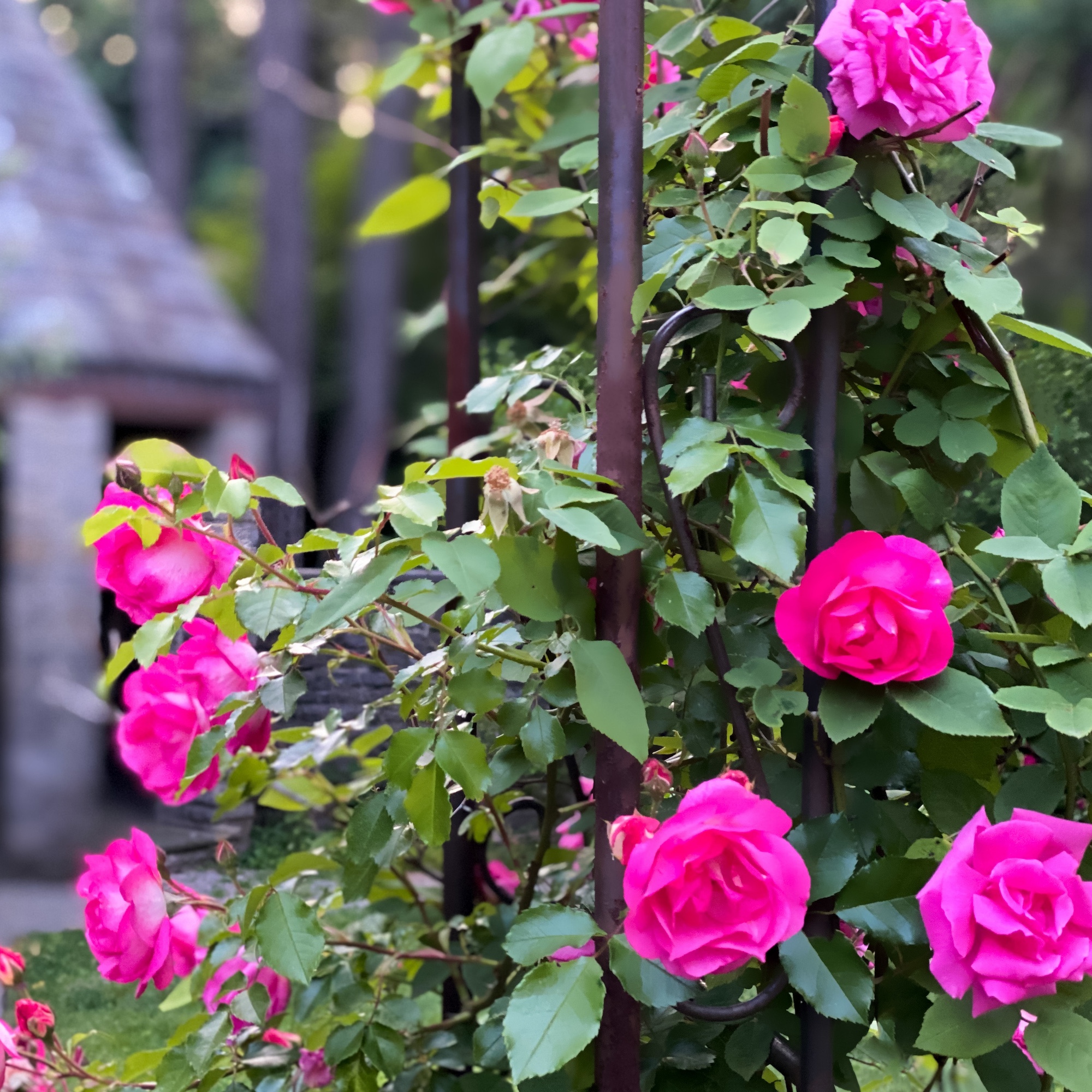 5 of the best climbing plants with pink flowers – the prettiest climbers to trail over fences, walls and pergolas
5 of the best climbing plants with pink flowers – the prettiest climbers to trail over fences, walls and pergolasElevate your garden scheme with easy-to-grow climbing plants in an eye-catching shade of pink
By Lisa Fazzani
-
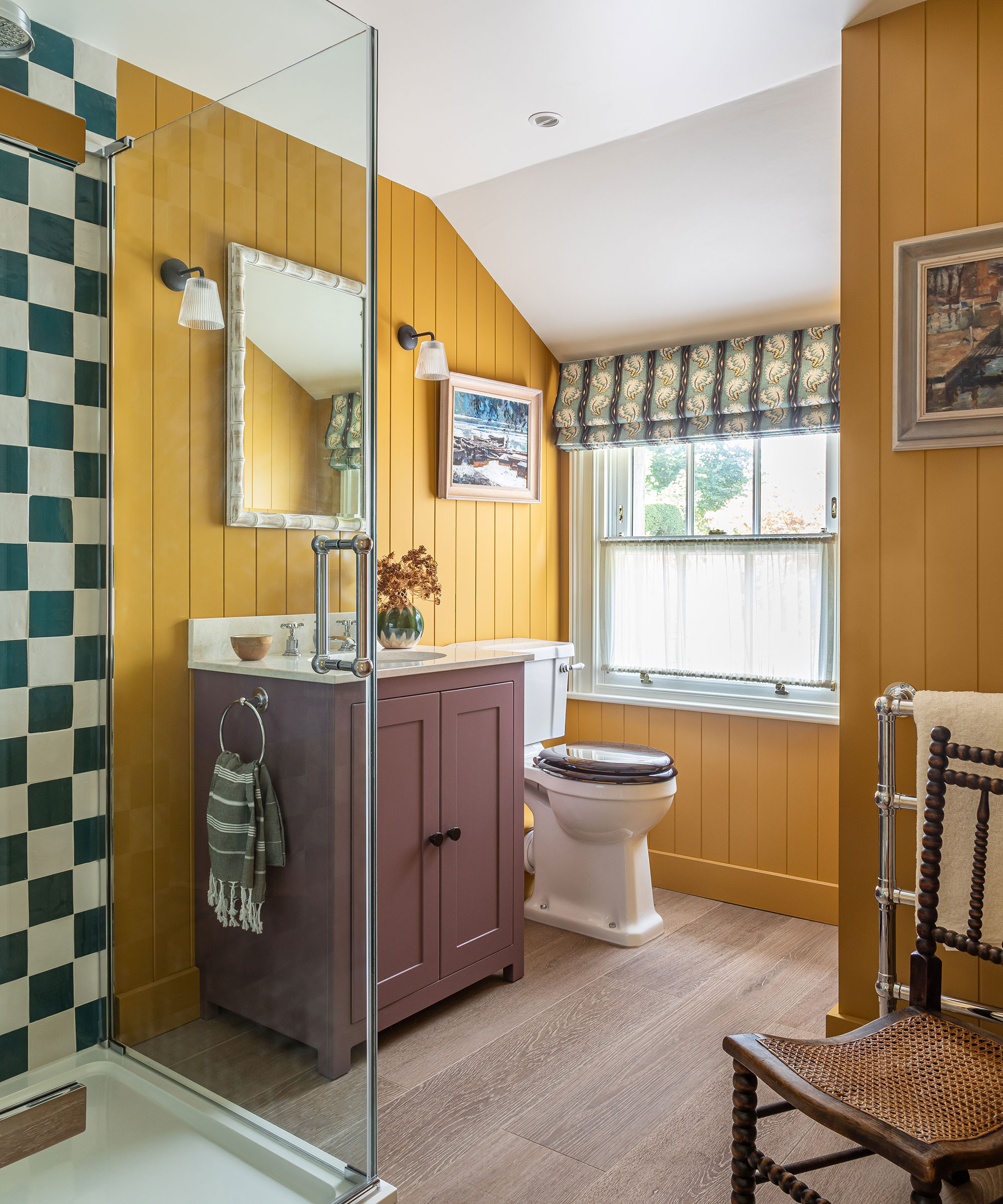 9 stunning yellow bathroom ideas that will inspire you to repaint your wash space
9 stunning yellow bathroom ideas that will inspire you to repaint your wash spaceSay hello to yellow!
By Holly Walsh
-
 5 signs you’ve taken decluttering too far — and how you can pull yourself back, according to organisation experts
5 signs you’ve taken decluttering too far — and how you can pull yourself back, according to organisation expertsYou might have to start resisting the urge to purge
By Lauren Bradbury